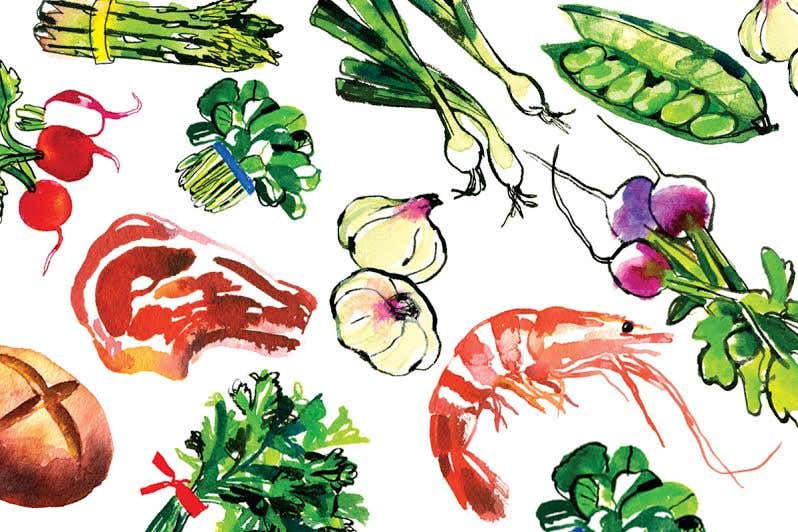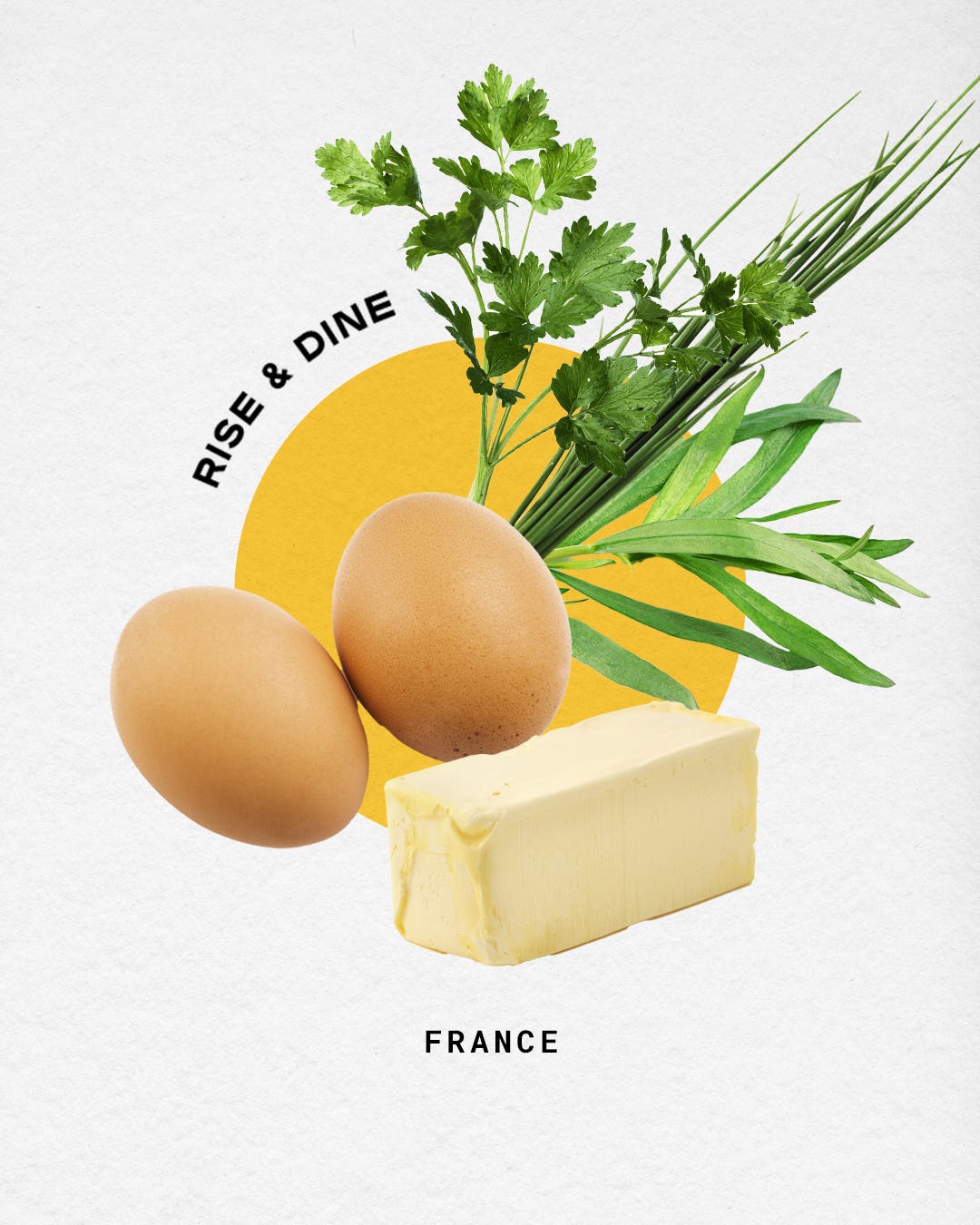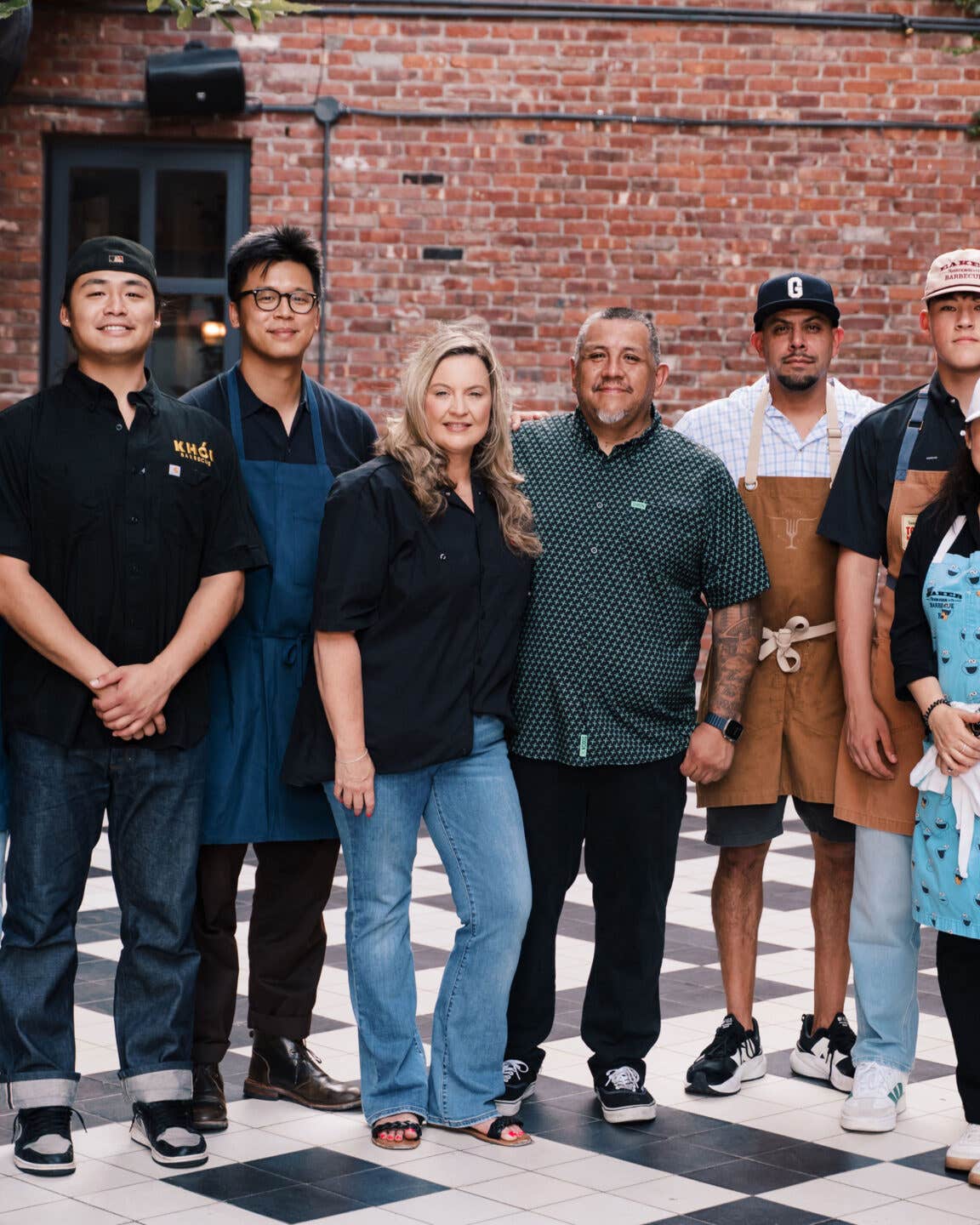
Budding Flavor
Capers may be Mediterranean in origin, but their distinctive flavor adds bite to foods all over the world.
I grew up in the 1950s with a mother who liked to experiment in the kitchen. She dabbled in all sorts of cuisines, and one example of her worldliness is the fact that there was always a little jar of nonpareilles capers sliding around the shelf in our refrigerator door. She might have opened that jar maybe once or twice a year, to make steak tartare or shrimp with remoulade sauce for company, but I would sneak into it on a more regular basis to fish out the tiny green BBs within and pop them, one by one, into my mouth. I was never quite sure what it was I was eating, but they were tart and tangy and very appealing, and seemed very chic. I even started adding them to tuna fish salad and sprinkling them into sandwiches that I'd proudly take with me to school.
I knew that capers were some sort of pickled plant part, but it wasn't until many years later, while sailing around the Mediterranean with friends one summer, that I learned their true identity. During a stop in the historic town of Taormina on the northeastern coast of Sicily, we visited its ancient Greek theater. As we sat on stone steps, high above a jagged seacoast, listening to our guide's tales of third-century b.c. gladiatorial spectacles, I spied an unusual shrub, laden with little green buds, growing through a crack in the ground. I interrupted the guide's oratory to ask what the buds were. He seemed surprised by my question. Then he answered, "Capers, of course."
Inspired by this little revelation in Sicily, I decided to do some research on the subject. Capers, I quickly learned, are the unopened floral buds of Capparis spinosa or Capparis inermis, two wild shrubs that are found throughout the Mediterranean.
The caper plant, with one- to two-inch leaves that are deep green in color and roundish in shape, grows like a weed through fissures in walls, along fences, even over gravestones, from Nice to Algiers to Athens. Given the space, the plants become flourishing bushes measuring up to five feet high and ten feet wide.
The gastronomic value of their peppery buds aside, caper plants are appreciated for other qualities: Their blossoms delicately perfume the air and their tenacious roots help prevent soil erosion. Wild caper bushes are also a source of supplementary income in some parts of the Mediterranean: From May through August, locals harvest and sell the buds at markets or to processors.
According to Greek food expert Aglaia Kremezi, capers were mentioned, as a flavoring for olive oil, on clay tablets discovered in Crete that date from the 13th century b.c. The Greeks and Romans later ate them with bread and used them as a seasoning for fish and meat. Capers were also celebrated for their
alleged medicinal properties, and used as a remedy, for instance, for everything from headache and fever to loss of appetite and even of hair.
As far back as the 16th century, peasants in poverty-stricken parts of the Mediterranean attempted to cultivate the caper plant in order to sell its buds. Since at least that time, capers have played an important culinary role in Mediterranean countries. In Italy today, for example, they're an essential ingredient of caponata, vitello tonnato, and pasta alla puttanesca; in Greece, they're combined with tomatoes and mixed with mashed yellow split peas for a specialty called fava me kapari; in Spain, they're tossed into salads and cooked with seafood.
Capers are always preserved—cured in salt or brine, then packed in salt or vinegar (sometimes with wine added). For that reason, the buds travel well, and thus have also made their way into cuisines far from the Mediterranean. They show up, for instance, in Hungary's spiced liptauer cheese and in Germany's Konigsberger Klopse (meatballs in caper sauce); in various sauces for fish and meats throughout France; as a garnish on smoked salmon and marinated herring in Scandinavia; and even in meat-filled Christmas tamales in El Salvador.
Caper buds vary in size and texture, depending on their age at harvest. Early-picked nonpareilles, the smallest and tightest buds—measuring about a quarter of an inch in length—have an intense flavor. Brillat-Savarin, a nonpareilles enthusiast, believed that capers were best when gathered young—before they had "fully developed." Other gastronomes prefer the fresh, leafy flavor of the largest capers, called gruesas, from the Spanish word for "bulky". These are generally harvested just before they bloom, when they have reached about half an inch in length. (Four commercial-size categories fall in between: surfines are a bit larger than nonpareilles; then come, in order of size, capucines, capotes, and fines.)
Curing not only preserves capers; it also tempers their inherent bitterness. The prevalent method of processing calls for freshly harvested capers to be fermented for about two months in a salt- and-water bath. The pickled capers are then removed, rinsed, sized, and packed for sale with vinegar in jars. Although it is often said that this treatment leaches out, then masks, some of the caper's delicate flavor, the resulting product is delicious nonetheless. The salt-curing method used in parts of Italy produces more subtly flavored capers. In this case, fresh capers are mixed into vats of dry sea salt and left for up to ten days: This extracts moisture from the buds, creating a brine for them to pickle in. They are then strained and the process is repeated. They're strained once more and packed for sale, still covered in salt. These buds, which must be well rinsed before use, have a delicate flavor and fresh texture that make them the caper of choice for most connoisseurs.
Spain, one of the world's top producers of capers, harvests an average of around 1,700 tons annually, and exports about 1,500 of those—most of which are brine-cured and vinegar-packed. Morocco and Turkey are also major producers. Surprisingly, Denmark is a major exporter: Some 40 years ago, a Danish food company called Cervera began importing raw capers from Spain and processing them in the small town of Rødding in southern Denmark. The company now packages about 172 tons of capers and caper berries annually, exporting most of them.
The other major producer of capers is Italy, with an annual production of approximately 500 tons. Three-fifths of this comes from the cultivated hillside terraces of Pantelleria, an island off the southwestern tip of Sicily. Capers here are picked in sizes ranging from a quarter of an inch to about half an inch. Regardless of size, many consider Pantelleria's capers to be the finest in the world. "They're the best because of their exposure to the sun, the volcanic land on which they grow, and the sea salt-curing method that's used," says Enzo Carollo, president of Eurama Food, Inc., the largest importer of Italian capers in the U.S. The Italian government apparently agrees: In 1993, the island was given a Denominazione di Origine Controllata or DOC—just like that given to wine—as a means of guaranteeing the origin and quality of capers labeled "Pantelleria".
Not everyone is convinced of the uniqueness of these capers, it must be said. "It would be very difficult for somebody to taste a difference between a caper grown in Pantelleria and one grown in Spain if they were processed in the same way," insists Antonio Jimenez, manager of the Spanish company Agrucapers, one of the largest caper exporters in the world. "It's chauvinism to say those from Pantelleria are superior."
I like both. I use salt-packed capers when their true caper flavor is likely to come through—in simple dishes like potato salad, for example. On the other hand, I'll toss vinegar-packed nonpareilles into salads and sandwiches for a snappy bite. Next time I'm making sandwiches, though, I might take a tip from chef Hans Rockenwagner. At his Rockenwagner restaurant in Santa Monica, he adds nonpareilles to tuna fish sandwiches—but he deep-fries them first, for extra crunch. Now _that _would really have impressed the kids in school! _
_
Keep Reading
Continue to Next Story










